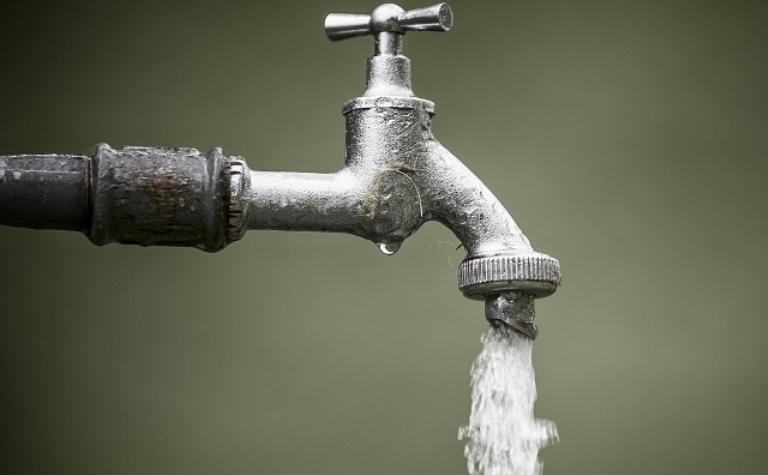

Kathmandu: One week after initial reports revealed alarming levels of fecal contamination in Kathmandu’s drinking water supply, the situation has escalated, with hospitals across the capital reporting a significant surge in cases of waterborne diseases. The initial findings, which showed over 50 percent of tested water samples were unfit for consumption, have been followed by a noticeable rise in patients suffering from diarrhea, viral hepatitis, and viral fever, according to the Public Health Office, Kathmandu.
This public health emergency is particularly pronounced in peripheral municipalities like Chandragiri, Nagarjun, and Tokha, where initial tests conducted by the Public Health Office of Kathmandu detected widespread contamination. Further investigations in Godavari Municipality, Lalitpur, revealed that a staggering 60 percent of commercial jar water samples were also contaminated, leading to the immediate sealing of several water bottling factories. The recurring issue, exacerbated by the ongoing monsoon season, has led to a renewed push by authorities to ensure the public understands the grave risks.
The Kathmandu Metropolitan City is taking a more active role in monitoring, with reports indicating they have intensified inspections of water suppliers.
However, public health experts continue to stress that while official action is crucial, the immediate responsibility for safety lies with individual households. Officials from the Sukraraj Tropical and Infectious Disease Hospital have noted a rise in patients, anticipating the numbers to climb further as rainwater continues to contaminate water sources.
The contamination, linked to compromised water distribution systems and the infiltration of sewage into supply lines, has turned a seasonal threat into a full-blown public health crisis.
When water becomes a source of illness, the urban landscape itself is at risk.